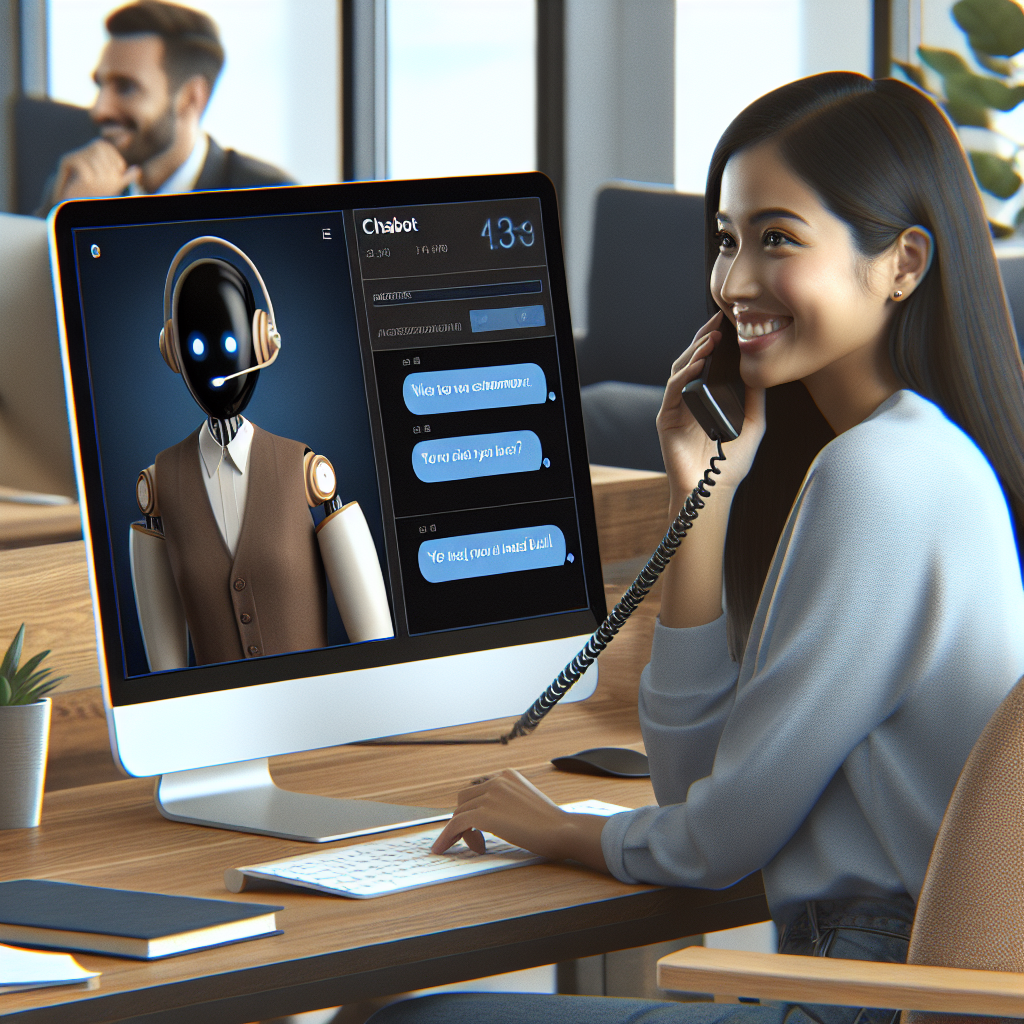**Chatbots vs. Human Agents: Why You Need Both**
Customer service is no longer a one-size-fits-all game. With rising consumer expectations and the need for instant resolutions, businesses face a critical question: Should you rely on chatbots, human agents, or both? The truth? You need a hybrid approach. Here’s why combining AI efficiency with human empathy isn’t just smart—it’s essential for staying competitive.
—
### **The Speed of AI Meets the Nuance of Humans**
**Chatbots shine in four key areas:**
✅ **24/7 availability**: No more “out of office” replies. AI handles queries instantly, even during holidays or off-hours[6].
✅ **Cost efficiency**: Automating routine tasks like FAQs or ticket routing slashes operational costs by up to 30%[5][8].
✅ **Scalability**: Handle thousands of simultaneous queries—something humans physically can’t match[6].
✅ **Consistency**: Avoid human errors by providing script-accurate answers every time[3].
**But chatbots hit limits fast**:
❌ **Rigid workflows**: Predefined scripts fail when customers ask “Can I swap my flight *and* get a refund?”—a multi-step query requiring contextual awareness[4].
❌ **Emotional blind spots**: AI struggles to detect frustration or sarcasm, often escalating simple issues[5][8].
Enter **human agents**, who excel where bots falter:
🔑 **Complex problem-solving**: Agents interpret nuance, like realizing “My order never arrived” might mean a stolen package or wrong address[8].
🔑 **Empathy**: A genuine “I understand how frustrating this must be” rebuilds trust during crises[5][8].
🔑 **Creativity**: Humans negotiate solutions outside standard policies, like offering discounts for loyalty[5].
—
### **The Hybrid Advantage: Where 1 + 1 = 3**
The best outcomes emerge when AI and humans **collaborate**, not compete.
**How it works:**
1️⃣ **Chatbots triage**: AI handles FAQs, collects order details, or checks flight statuses in seconds[6].
2️⃣ **Seamless handoffs**: For complex issues, bots summarize interactions and transfer context to agents, saving 5+ minutes per ticket[6][8].
3️⃣ **Agents strategize**: Humans focus on high-value tasks like resolving billing disputes or calming angry customers[5][6].
*Example*: Cosmetic brand Lush uses AI to tag tickets and prep customer data, freeing agents to solve issues 360 hours faster monthly[6]. Sobot’s hybrid model reduces wait times while keeping empathy intact[8].
—
### **Real-World Success Stories**
**Salon chain HelloSugar** automated 66% of queries via AI, saving $14k monthly and doubling locations without adding staff[6].
**Talkdesk’s AI agents** use LLMs to infer intent—like rebooking flights *and* suggesting hotel vouchers if changes aren’t possible[4].
Yet, **86% of customers still prefer humans for sensitive issues** like refunds or complaints[8]. The takeaway? Balance speed with soul.
—
### **How to Implement Your Hybrid Strategy**
1. **Audit your queries**: Use AI for password resets, tracking updates, and appointment bookings. Reserve humans for complaints and escalations[8].
2. **Integrate systems**: Ensure chatbots pass full interaction logs to agents, avoiding repetitive “Can you repeat that?”[4][6].
3. **Train agents on AI tools**: Teach teams to leverage AI insights for faster resolutions[6].
4. **Measure relentlessly**: Track metrics like chatbot deflection rates *and* human CSAT scores[8].
—
### **The Future: Smarter Together**
AI isn’t replacing humans—it’s **elevating them**. By offloading repetitive tasks to chatbots, agents gain time to build relationships and innovate. Meanwhile, AI learns from human solutions, creating a feedback loop that benefits both.
The bottom line? Customers crave **speed *and* empathy**. With a hybrid model, you deliver both—without breaking the bank.
**Ready to optimize your support?** Start small: Deploy chatbots for FAQs, then scale as you see efficiency soar. Your customers (and budget) will thank you.




